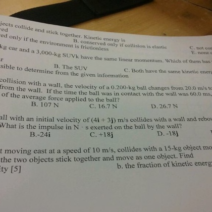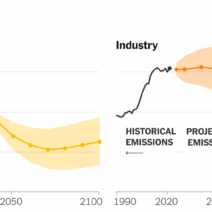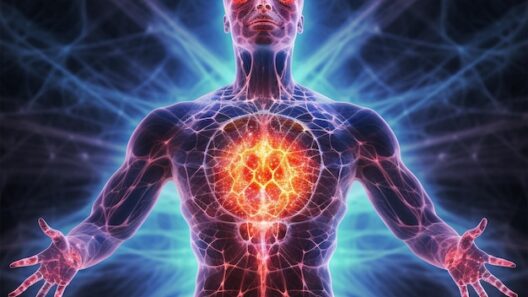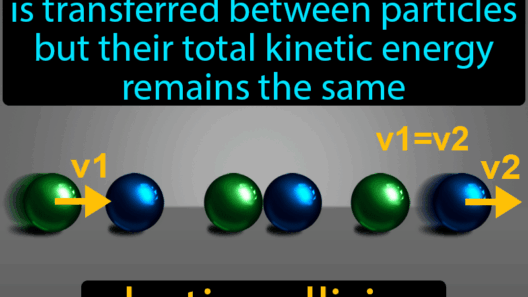Can free energy from ATP hydrolysis be conserved? This question may seem straightforward at first, but it opens up a labyrinth of biochemical nuances, representing a cornerstone of cellular metabolism and energy management in living organisms. Understanding ATP (adenosine triphosphate) hydrolysis and the conservation of its free energy intertwines fundamental principles of biochemistry with a broader narrative about energy efficiency and sustainability.
ATP is often dubbed the ‘molecular currency’ of intracellular energy transfer. Derived from the processes underpinning cellular respiration and photosynthesis, ATP provides energy for myriad biological activities. Cellular functions, from muscle contraction to biosynthesis and cell division, fundamentally rely on the hydrolysis of ATP, where the molecule is cleaved to yield adenosine diphosphate (ADP) and inorganic phosphate (Pi), releasing energy in the process.
However, this raises an intriguing proposition: Can we recapture or reroute the free energy released during ATP hydrolysis for further use? This question thrums at the heart of energetic efficiency within biological systems, echoing wider ecological concerns regarding the conservation of energy in a world that increasingly seeks sustainable solutions.
To delve deeper, it is essential to dissect the mechanism of ATP hydrolysis itself. The process involves breaking high-energy phosphate bonds that are critical to ATP’s utility. When ATP hydrolyzes, it releases approximately 30.5 kilojoules per mole of energy under standard conditions. This energy, however, doesn’t exist in a vacuum; rather, it is quickly utilized by enzymatic processes within the cell. Enzymes such as kinases and ATPases harness this energy, channeling it into various metabolic pathways and cellular functions.
The relentless quest for efficiency raises an exciting challenge: Can alternative pathways be developed or enhanced to make better use of the energy released during ATP hydrolysis? To pose a playful yet thought-provoking inquiry: What if we could mimic photosynthetic processes and create a biological battery that stores and reuses the energy from ATP hydrolysis? While the imagination may conjure fantastical solutions, the underlying reality is governed by thermodynamics and kinetic barriers.
Biological systems naturally strive for equilibrium, and ATP is integral to achieving this. The free energy produced is not easily captured or stored in a retrievable format. Instead, it is rapidly consumed for immediate bioprocesses. However, some researchers are exploring innovative methodologies, such as using molecular machines or biological scaffolds, which may potentially increase the capture efficiency of ATP-derived energy.
To elucidate the feasibility of conserving ATP’s free energy, one must also consider the broader energy dynamic within cells. Homeostasis is key; cells do not simply dissipate energy freely. Rather, they engage in complex signaling pathways, utilizing feedback mechanisms to balance ATP synthesis and consumption. Mitochondrial respiration and glycolysis are primary pathways for ATP generation, showcasing a tightly regulated network of energy production and usage.
The inherent inefficiencies in these biological pathways remain a topic of ongoing research. For instance, only around 40% of the energy released from glucose oxidation is captured in ATP form, with the remainder lost as heat. Could engineering approaches, or synthetic biology, redefine these limitations? Advances in these fields offer glimpses of hope, where artificial constructs might optimize energy capture, generating an energy reservoir that could harness ‘waste’ energy from ATP hydrolysis.
Let us not overlook the environmental ramifications of inefficient energy use. In a world marked by intense energy demands, the optimization of ATP utilization can yield profound implications for sustainable practices. Agricultural applications, for instance, stand to benefit immensely from enhanced ATP management in crops, which could facilitate better resource allocation and reduce overall energy expenditures in food production.
In addition to agricultural advances, bioremediation strategies, which utilize microorganisms to decompose environmental contaminants, also hinge on understanding ATP dynamics. If microorganisms can be bioengineered to optimize their ATP sourcing from environmental substrates or from ATP hydrolysis products, the process could become more efficient, cleaner, and cost-effective, further establishing a case for energy conservation.
The domain of cellular energetics intertwines with evolutionary biology as well. Organisms have evolved sophisticated mechanisms to optimize ATP usage. For instance, extremophiles exhibit remarkable adaptations that allow for enhanced energy efficiency in extreme environments, shedding light on potential mechanisms for energy conservation under duress. Observations like these fuel curiosity: are we, too, capable of evolution in our energy practices, pushing boundaries in technology and biology for better energy conservation?
In summation, while the conservation of free energy from ATP hydrolysis poses complex challenges, the exploratory journey ignites possibilities across various scientific landscapes. From metabolic engineering to sustainable agricultural practices and effective bioremediation strategies, the implications of optimizing ATP usage stretch far and wide. Thus, as we grapple with the playful question of conserving the free energy of ATP hydrolysis, we must embrace the complexity of biological systems intertwining with the innovative potential of modern science. The journey ahead reveals rich opportunities for redefining our energy landscapes, ultimately shaping a sustainable future.







